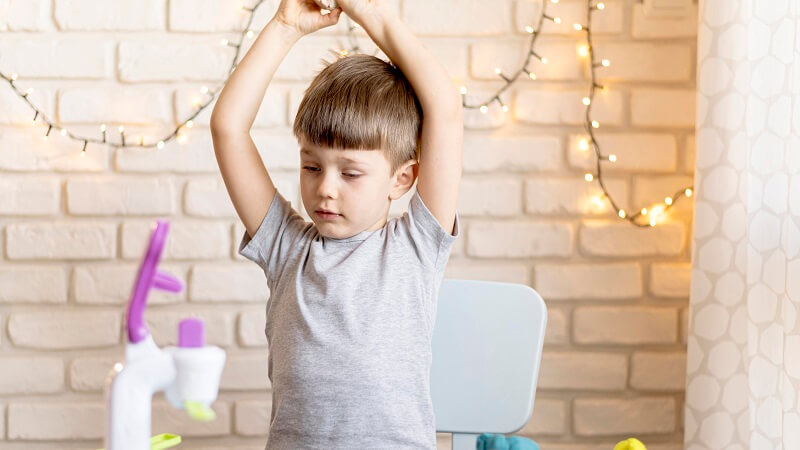Many parents cringe at the sight of paint-covered hands, flour-dusted floors, and muddy footprints, but messy play is far more than just a chaotic activity. In fact, getting messy is an essential part of childhood development, helping children build crucial cognitive, sensory, and motor skills. Instead of seeing mess as something to clean up, think of it as an opportunity for learning and creativity.
Early childhood educators and developmental experts recognize the importance of hands-on, sensory-rich experiences in shaping young minds. Programs like child care Sylvania incorporate messy play into daily activities to encourage exploration, creativity, and problem-solving. Whether at home or in a structured setting, allowing children to engage in messy play can significantly benefit their brain development.
What Is Messy Play?
Messy play involves activities that allow children to freely explore different textures, materials, and sensations without worrying about staying clean. It includes activities such as:
- Finger painting and sponge painting
- Playing with sand, mud, or water
- Mixing and pouring different substances like flour and water
- Sensory bins filled with rice, pasta, or shaving cream
- Kneading, rolling, and shaping playdough or clay
Unlike structured activities with clear goals, messy play is open-ended, encouraging children to experiment, discover, and create on their own terms.
The Brain-Boosting Benefits of Messy Play
1. Enhances Sensory Development
Messy play engages multiple senses at once—touch, sight, smell, and even hearing. This type of multi-sensory learning helps children process information more effectively and strengthens their ability to make sense of the world around them.
For example, when a child squishes wet paint between their fingers or runs their hands through a bowl of rice, they are refining their ability to distinguish different textures and temperatures, which contributes to sensory processing skills.
2. Improves Fine and Gross Motor Skills
Manipulating different materials during messy play helps develop both fine and gross motor skills. Actions like pinching, squeezing, and grasping improve fine motor control, which is essential for writing, buttoning clothes, and using utensils. Meanwhile, activities like jumping in puddles or digging in the sand strengthen larger muscle groups and improve coordination.
3. Encourages Creativity and Problem-Solving
Messy play allows children to experiment freely, encouraging them to think outside the box. With no strict rules or outcomes, kids learn to make their own decisions, test ideas, and solve problems. For example, if they mix different colors of paint or try to build a sandcastle, they are exploring cause-and-effect relationships and creative expression.
4. Boosts Language and Communication Skills
When children engage in messy play, they naturally describe what they see, feel, and experience. Whether talking to themselves, playing with others, or asking questions, they expand their vocabulary and improve communication skills. Parents and caregivers can encourage language development by asking open-ended questions such as:
- “How does that feel?”
- “What happens when you mix those two things together?”
- “Can you describe the texture?”
5. Promotes Emotional and Social Development
Messy play provides a safe space for children to express emotions and develop self-regulation skills. The tactile experience of handling different materials can be calming and therapeutic, helping kids manage stress or frustration.
Additionally, when children engage in messy play with peers, they learn important social skills such as sharing, cooperation, and teamwork. Taking turns, negotiating space, and working together on creative projects foster positive interactions and build confidence.
How to Encourage Messy Play at Home
If you’re hesitant about the mess, here are some simple ways to make messy play more manageable:
- Set up a designated messy play area – Use a plastic mat, an old bedsheet, or an outdoor space to contain the mess.
- Dress for the occasion – Have your child wear old clothes or a smock that can get dirty.
- Use washable materials – Opt for non-toxic, easy-to-clean supplies like water-based paints and homemade playdough.
- Incorporate water play for easy cleanup – Activities like washing toy animals or painting with water on the sidewalk make cleaning up part of the fun.
By embracing messy play, you’re giving your child valuable opportunities to develop essential skills while having fun. So, the next time you see a little chaos unfolding, remember—messy play is actually helping your child’s brain grow in incredible ways!
